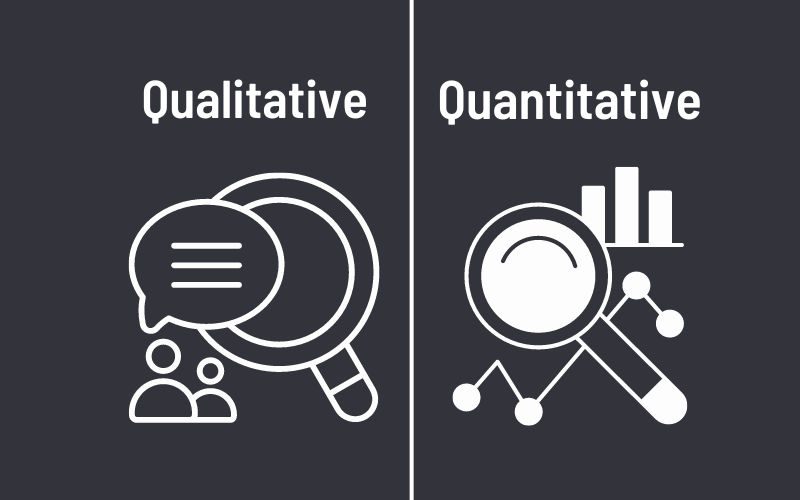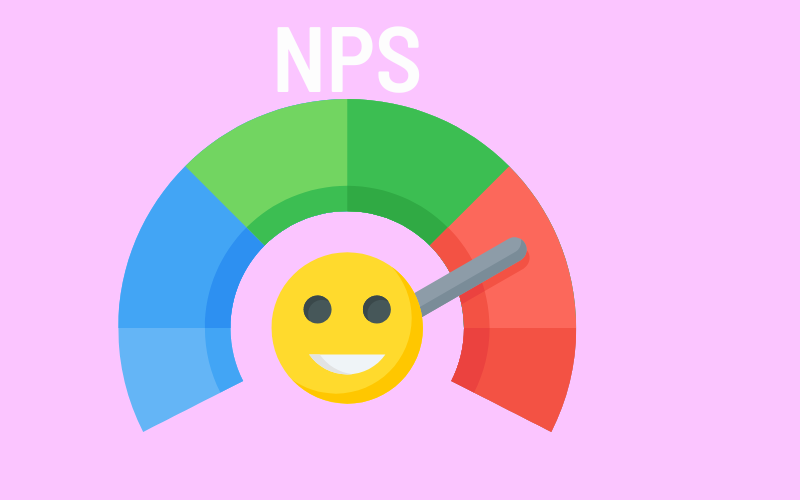In the big world of business, your reputation is everything. Imagine this: even if your branding is top-notch, your blog posts are engaging, or your marketing emails are captivating, just one bad experience with your brand could turn potential customers away. It’s surprising, right? Research shows that people are more likely to talk about negative experiences than positive ones, which can really make a bad impression stick.
Thanks to the omnipresence of social media, the dissemination of recommendations, or unfortunately, criticisms, happens at lightning speed. Consequently, understanding and harnessing customer feedback become imperative not only to avert adverse experiences but also to foster customer advocacy, ensuring they become fervent advocates of your brand.
This is where the Net Promoter Score (NPS®) steps into the limelight.
What is NPS?

NPS stands as a quintessential benchmark utilized by companies to gauge, evaluate, and bolster customer loyalty. It diverges from conventional benchmarks like customer satisfaction or effort scores by capturing a customer’s overarching sentiment towards a brand, transcending individual transactions or interactions. For a deeper dive into customer sentiments, one might delve into the realm of Reputation Score, a supplementary metric.
Note: NPS surveys can also extend to employees, shedding light on their satisfaction and contentment within the company.
Calculating Your NPS
To embark on the NPS journey, the initial step entails surveying your customer base. The quintessential question posed is, “On a scale of 0 to 10, how likely are you to recommend us to a friend?” The responses stratify into three categories:
- Promoters: Enthusiastic advocates, rating 9-10, who actively endorse your brand.
- Passives: Indifferent customers, rating 7-8, who could sway either way, towards promotion or defection.
- Detractors: Dissatisfied clientele, rating 0-6, posing a risk of brand erosion through negative word-of-mouth.
The Net Promoter Score materializes by subtracting the percentage of detractors from promoters, epitomizing the balance of advocacy within your customer base.
Deciphering Your NPS
Imagine canvassing feedback from 100 customers. Should 40% align as detractors and a mere 50% as promoters, your NPS stands at 10 (50% – 40% = 10). However, trimming detractors to 20% elevates your NPS to 30, signifying a substantial surge in potential recommendations.
Consistent customer feedback solicitation unveils latent risks, opportunities, and avenues for enhancement. Hence, integrating channels for qualitative feedback provision facilitates pinpointing customer pain points, fostering a culture of continuous improvement.
Quantitative vs. Qualitative Feedback

While quantitative feedback hinges on the 0-10 rating spectrum, delving deeper into the “why” behind these ratings uncovers qualitative insights. Supplementing numerical ratings with open-ended queries refines understanding, unveiling nuances in customer experiences and preferences.
Sample NPS Survey Questions:
- On a scale of 0-10, how likely are you to recommend our business?
- What is the primary reason for your score?
- How can we improve your experience?
- What product features do you value the most?
Why NPS Matters
- Measuring Customer Loyalty: NPS elucidates customer loyalty dynamics, highlighting churn risks and avenues for bolstering retention.
- Identifying Improvement Areas: Low scores beckon opportunities for refinement, fostering iterative enhancements.
- Fueling Referral Marketing: Satisfied customers metamorphose into brand ambassadors, amplifying referral potential and bolstering brand advocacy.
- Prioritizing Detractors: Devoting attention to detractors curtails churn risks, underpinning customer-centricity and brand resilience.
Harnessing NPS yields manifold benefits, ranging from enhancing customer loyalty to fortifying brand advocacy. As a proactive tool, NPS catalyzes organizational evolution, propelling brands towards sustained growth and resonance in an ever-evolving market landscape.
Remember, in the pursuit of business excellence, customer-centricity stands as the cornerstone, and NPS serves as the compass guiding this journey.
